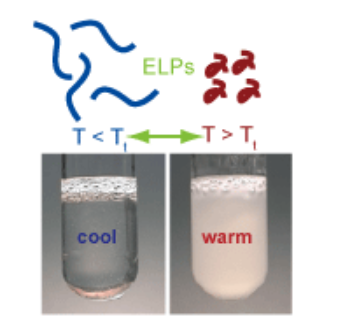- Agriculture
- Antibiotic/anti-viral
- Biologics
- Biomarkers
-
By Clinical Application
- Anesthesiology
- Blood & Lymphatic Disease
- CNS & Neurosciences
- Dermatology
- Diabetes, Metabolism, Endocrinology & Obesity
- Ear, Nose, & Throat
- Emergency Services
- Gastroenterology & Digestive Disease
- General & Plastic Surgery
- Health Education, Medical Training and Operations
- Heart and Vascular
- Immunology, Autoimmune & Inflammation
- Infectious Diseases
- Mental Health
- Multiple clinical applications
- Musculoskeletal Disorders, Orthopedics/Bone
- Nephrology/Renal
- Oncology
- Ophthalmology
- Orphan Diseases
- Pediatrics
- Physical Medicine & Rehabilitation
- Radiology
- Regenerative Medicine / Tissue Engineering
- Reproductive Health: Obstetrics & Gynecology
- Respiratory & Pulmonary
- Surgery
- Transplantation
- Urology
- Wound Healing
- COVID-19
- Creative Works
- Diagnostics
- Drug Delivery
- Drug screening and discovery
- Energy, Cleantech & Environmental
- Engineering & Physical Sciences
- Gene therapy
- Imaging
- Materials
- Medical Devices
- Nutraceuticals
- Other
- Research & Design Tools
- RNAi/siRNA
- Sensors & Controls
- Small molecules
- Software & Information Technology
- Stem Cells
- Vaccines
- Veterinary Medicine
A bio-based method for producing adipic acid by using an enzyme to selectively convert 2-oxoadipate to (R)-2-hydroxyadipate
Unmet Need Adipic acid (1,4-butanedicarboxylic acid; COOH(CH2)4COOH), is among the most-produced chemicals worldwide, with approximately 2.5 billion kilograms synthesized annually and a global market of 8 billion USD. The most typical use for adipic acid…
Increasing the half-life of therapeutic proteins and peptides using elastomeric-like polypeptides with environmental sensitivity
Value Proposition Since insulin was used as the first therapeutic protein in a clinical setting, the field of protein therapeutics has rapidly expanded. From 2014-2018, therapeutic proteins had the highest compound annual growth rate of…
Unstructured non-repetitive polypeptides as a tool for imparting temperature-dependent physical properties to protein fusions
Value Proposition Proteins can be useful therapeutic agents when engineered for specificity and selectivity for a clinical target. Their complexity, versatility, tolerability, and diversity often make them superior alternatives to small molecule drugs, and the…


